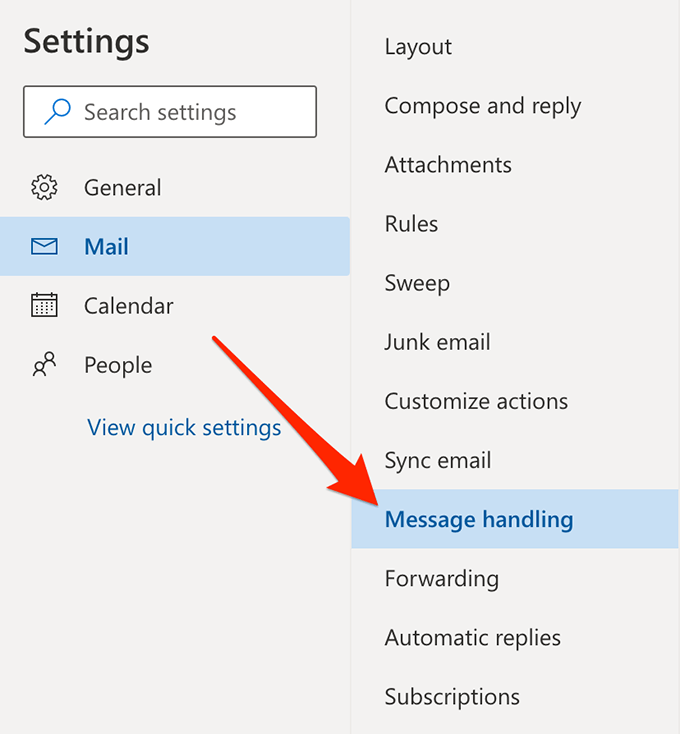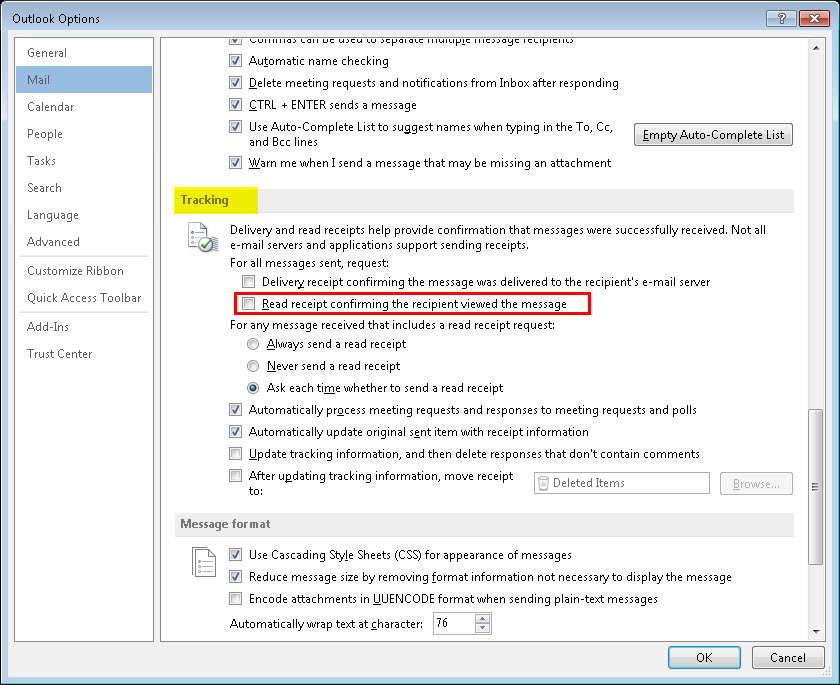
Opening the Ellipsis menu in Outlook on the Web to open the Message Options dialog. When composing a message, click on the ellipsis button (3 dots) and from the menu choose: Show message options…

When Outlook on the Web as part of Office 365 for Business, or Exchange 2013 or Exchange 2016, then you can find the Request a Read Receipt option in the following way The Request a Read Receipt feature is not available to Outlook on the Web for accounts. The first thing to be aware of is that this option is only available when using an Exchange account that is part of an Office 365 or corporate on-premises Exchange environment. The option to request for a Read Receipt when using Outlook on the Web can indeed be a little bit hard to discover. How can I request for a Read Receipt when using Outlook on the Web? However, when I’m using Outlook in a browser, I don’t seem to have this option. If you would like a person to confirm receipt of an email – ask them in your email message.When I’m using Outlook on the Desktop, it is quite easy to enable the option to request a read receipt. Use read receipts very sparingly for when you want to communicate extra urgent/important emails. There is no reliable method to check whether an email has been read. They may have discarded it before reading or it may have been read by somebody else. So if any of these methods actually work - is that ultimate proof?Įven if you receive a read receipt telling you that the email has been displayed on the recipients computer, it doesn’t prove that they read it. (Which they may choose not to) Ultimate Proof? However this technique is used by spamming programmes so many email programs block images until the recipient chooses to show it. When the image is displayed the time and date can be gathered (even the number of times it was read). Typically used by mass mailing programs, it uses HTML composed email to include an image that is displayed in the email from a remote server. The third method is slightly more reliable. However many email servers will not even provide any delivery information (possibly to prevent spammers getting such information). It doesn't tell you whether the email has actually been read and at best it will confirm that the email address you sent to exists. The Delivery ReceiptĪgain in Outlook the delivery receipt attempts to send you a message to tell you whether your email has successfully found the email server for the recipient. This will serve to annoy many recipients and foul up the Internet with unnecessary traffic. What is completely pointless is setting read receipts in the program (in Tools / Options / Email Options / Tracking Options) so that it is requested for every email you send. Hotmail, Gmail etc.Īt best a read receipt can be used to communicate that this email is important to you. Some email clients plainly ignore the 'read receipt' protocol - e.g. In fact many corporate email servers deny read receipts from the server – not even affording the recipient the choice to say yes or no. And that’s the point – They have a choice and many people choose to say NO. Now when the recipient receives the message they are given a choice to send the read receipt or not. Close the Options box, finish the message and Send in the usual way.Tick the box that says Request a read receipt for this message.Click the Options button in the toolbar.Users of Outlook can ask for a read receipt that asks the recipient to confirm you have read the email. Let’s examine the first method – The Read Receipt.


None of these methods are reliable and to a certain extent are pointless. There are three main methods used to check whether an email has been read. Is there a reliable way to tell that the email I have sent has been read by the recipient? The short answer is NO!


 0 kommentar(er)
0 kommentar(er)
